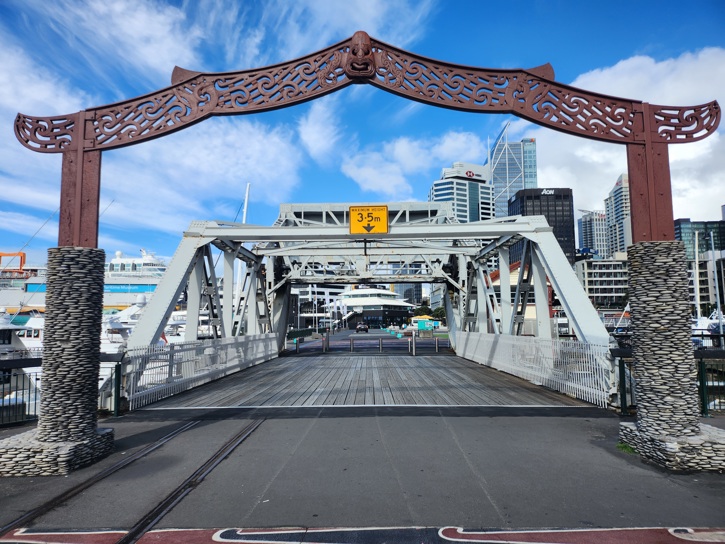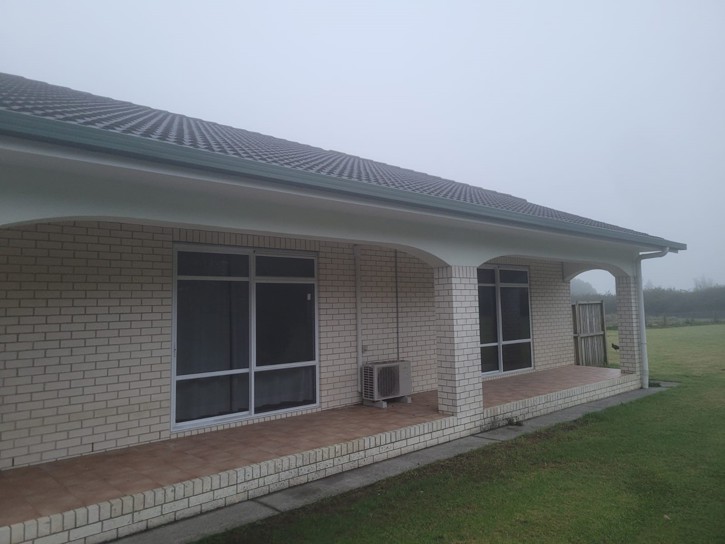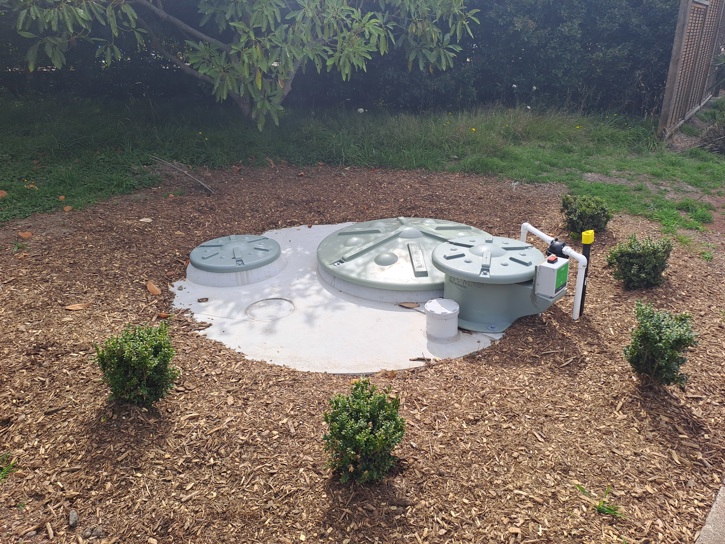With Care and Complexity: Renewing Auckland Council’s Property Portfolio
24 June 2025
- News
- Urban regeneration
Did you know that Eke Panuku manages Auckland Council’s $2.9 billion "non-service property" portfolio and provides property services and advice to council?
We play an important role in ensuring that properties without a direct service use (service properties include libraries, bus stations, or community centres), still deliver value to the council and our communities.
The properties in our portfolio are located right across the region, and include a diverse mix of retail, offices, residential, landfills, quarries, heritage buildings and marinas. By generating financial returns from the properties we manage or sell, we help council fund its strategic priorities, thereby reducing the burden on ratepayers.
We provide tenancy management services, facilities and operations management, asset management services, asset maintenance and renewals.

With about one thousand properties in our portfolio, no two renewal projects are the same. While often seen as simple fixes, renewals can be just as complex as major capital projects, frequently facing tight time frames and operational constraints, such as the need to keep offices or businesses functioning during construction. Meeting legal requirements around consents can also add complexity to projects. Heritage-listed properties also require special care to ensure their value is preserved for current and future generations.
Like anyone else doing construction work, our projects often face challenges, like ensuring tenants rights are observed throughout the process, supply chain issues, limited availability of specialist contractors, or the need to import materials which can impact scheduling. Projects often also require robust health and safety planning and strict environmental controls. Overall, renewals tend to be highly technical and logistically demanding exercises, requiring close collaboration with neighbours to ensure they are delivered safely, efficiently, and with minimal disruption.

During the 2024/25 financial year, we completed 14 renewal projects across the region, in places like Whenuapai and Hingaia, or central areas like Queens Wharf and Wynyard Quarter in the city centre.
These projects highlight the diversity of our portfolio — from homes to heritage buildings, iconic public venues to waterfront infrastructure. Each one is part of our broader asset management work to maintain these valued items, ensuring they remain safe, functional, and fit for purpose.
As Marian Webb, Eke Panuku General Manager Assets and Delivery, explains “renewal projects might not always be high profile, but their impact is far-reaching — ensuring our assets remain resilient, functional, and able to meet the needs of Aucklanders.”
In the coming weeks, we will take a closer look at some of these projects, starting with a couple of residential properties.
Maintaining Homes with Care: Healthy Homes and Happier Tenants in West and South Auckland.
We manage a wide range of residential properties on behalf of Auckland Council. Like any home, wear and tear is inevitable over time. Through proactive property inspections — and by listening to tenant feedback —we recently identified two homes in West and South Auckland that needed important renewal work.
As a responsible and responsive landlord, we understand that a warm, dry, and safe home is fundamental to wellbeing. Meeting Healthy Homes Standards is not just about compliance — it is a commitment to the people living in our properties.

At the West Auckland home, the work was straightforward: a full roof replacement. In South Auckland, the upgrades were more extensive and included:
-
The septic tank was replaced
-
The roof and guttering of the main house were replaced, while issues in the laundry were also resolved
-
The fibrelite panelling on the combined garage and workshop was replaced, and
-
The separate granny flat received a full interior refurbishment.
Importantly, both homes remained tenanted throughout the works. We worked closely with each household to plan and schedule the work in a way that minimised disruption to their daily lives.
This approach reflects our commitment to doing this important and necessary work with care and respect for the people living in the homes we manage.







